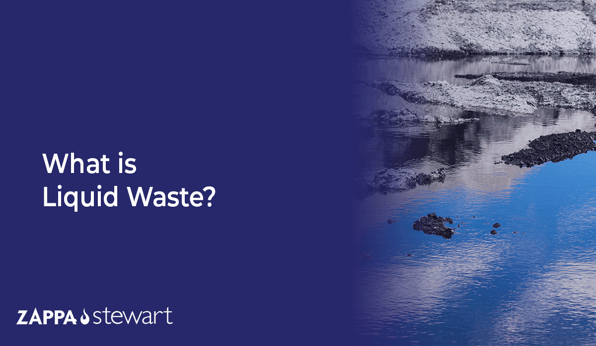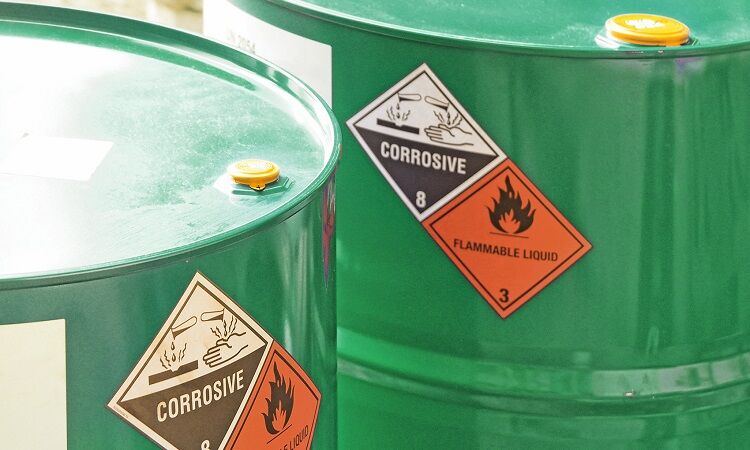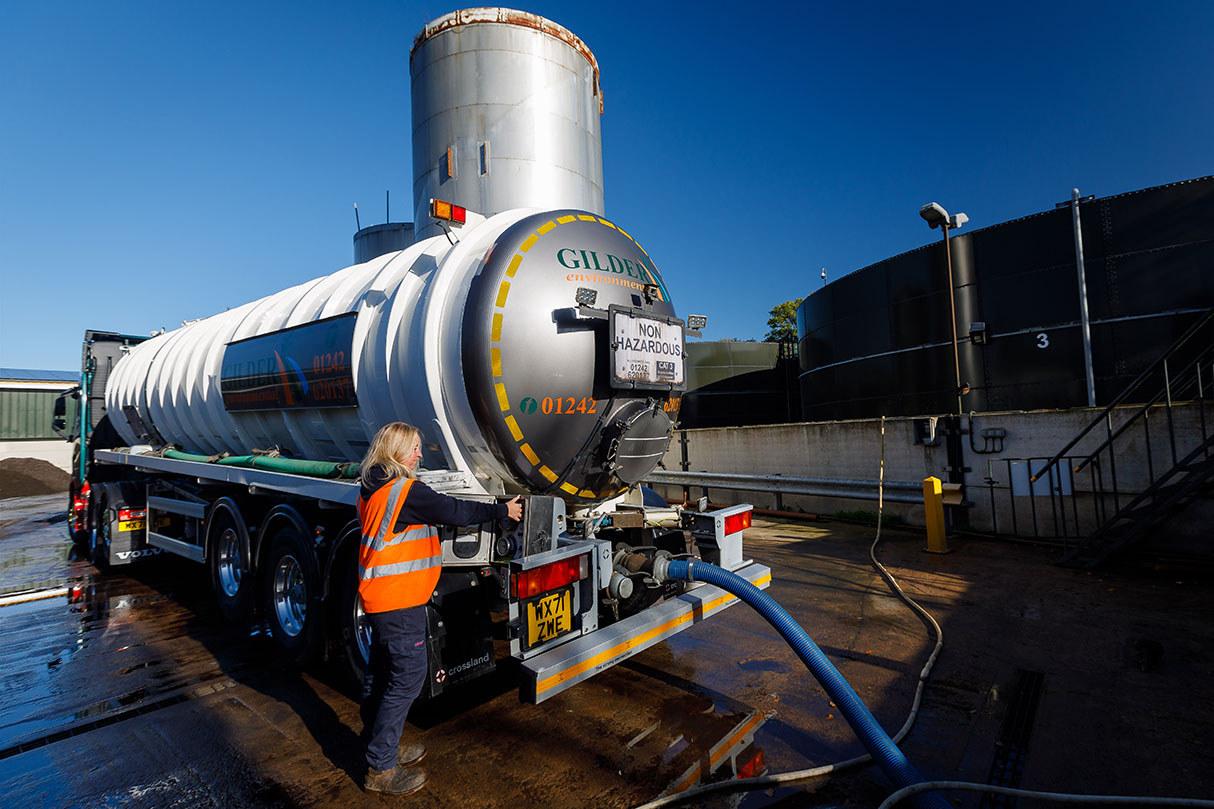Professional Liquid Waste Removal Melbourne: Maintaining Your Atmosphere Tidy
Professional Liquid Waste Removal Melbourne: Maintaining Your Atmosphere Tidy
Blog Article
How Fluid Garbage Disposal Works: A Comprehensive Overview of Strategies and Technologies Used

Introduction of Fluid Waste Kind
The intricacy of fluid waste kinds demands a thorough understanding of their characteristics and implications for disposal. Liquid waste can broadly be classified right into numerous kinds, including industrial, municipal, agricultural, and contaminated materials. Each category exhibits distinctive properties, calling for details monitoring methods to alleviate environmental and health risks.
Industrial fluid waste stems from manufacturing processes and usually has a variety of pollutants, such as heavy steels, solvents, and organic compounds. Metropolitan liquid waste, primarily consisting of wastewater from homes and business facilities, includes natural issue, nutrients, and pathogens (industrial wastewater treatment). Agricultural fluid waste, including runoff from ranches, may contain fertilizers, pesticides, and pet waste, posturing risks to water quality and ecological communities
Harmful fluid waste is defined by its toxicity, reactivity, or potential to create harm. This category consists of substances like acids, bases, and particular chemicals that require rigorous handling and disposal procedures. Understanding these varied liquid waste types is essential for creating effective disposal techniques and guaranteeing conformity with environmental guidelines. Correct classification and characterization are crucial for executing ideal treatment methods and minimizing the negative influence on public health and the atmosphere.
Physical Therapy Methods

Screening is the initial step, where larger bits and debris are eliminated from the liquid waste utilizing displays or grates. This procedure shields downstream tools from damages and makes certain smoother procedure. Complying with screening, sedimentation utilizes gravitational force to different solids from fluids. In sedimentation storage tanks, much heavier particles settle near the bottom, creating a sludge layer, while the made clear fluid can be additional treated.
Filtering is another crucial approach that includes passing the fluid with porous products, such as sand or membranes, to record smaller sized particles. This action improves the top quality of the fluid, making it suitable for succeeding treatment procedures.

Chemical Therapy Methods
Chemical therapy methods are important for properly handling fluid waste, especially in addressing dissolved and colloidal impurities that physical techniques might not sufficiently remove. These methods make use of various chemical agents to counteract, speed up, or change dangerous compounds right into much less harmful kinds.
One typical technique is coagulation and flocculation, where chemicals such as alum or ferric chloride are contributed to promote the gathering of put on hold fragments. This process improves sedimentation, permitting simpler elimination of the resulting sludge. In addition, oxidation processes, utilizing representatives like chlorine or ozone, are used to break down complicated natural substances and pathogens, making the waste more secure for discharge or more treatment.
Neutralization is another important strategy, which see here adjusts the pH of acidic or alkaline waste streams to neutral levels, stopping possible injury to downstream systems and the environment. Additionally, advanced oxidation processes (AOPs) use mixes of oxidants and ultraviolet light to weaken persistent pollutants, achieving a higher level of treatment effectiveness.
Biological Treatment Processes
Biological treatment processes play a vital duty in the monitoring of fluid waste by making use of microbes to decompose organic matter and reduce contaminant levels. These processes can be broadly categorized right into aerobic and anaerobic treatments, each using certain microbial reference communities to achieve effective waste destruction.
Cardio treatment entails making use of oxygen to promote the failure of natural materials by bacteria. This process is commonly applied in turned on sludge systems, where oygenation tanks provide a conducive setting for microbial development, resulting in the oxidation of organic toxins. The resultant biomass can be divided from treated effluent with sedimentation.
On the other hand, anaerobic therapy occurs in the lack of oxygen, depending on different microorganisms to damage down organic issue. This approach is especially advantageous for high-strength waste, as it creates biogas, a sustainable energy resource, while decreasing sludge production. Technologies such as anaerobic digesters are regularly employed in metropolitan and commercial more info here applications.
Both anaerobic and cardio biological therapies not only minimize the ecological impact of fluid waste but additionally help with source healing, making them important parts of sustainable waste monitoring techniques. Their effectiveness, performance, and adaptability support their extensive execution across different fields.
Emerging Technologies in Disposal
Ingenious strategies to liquid waste disposal are quickly advancing, driven by developments in innovation and an increasing emphasis on sustainability. Among these arising modern technologies, membrane layer bioreactors (MBRs) have acquired traction for their capability to incorporate organic therapy with membrane purification, resulting in top notch effluent that can be reused in various applications. MBRs allow smaller footprints and a lot more reliable procedures contrasted to typical systems.
Another promising development is using anaerobic digestion combined with nutrient recovery innovations, which not only treats liquid waste but likewise creates biogas and recoups beneficial nutrients like nitrogen and phosphorus. This twin advantage boosts source performance and reduces ecological influence.
In addition, progressed oxidation procedures (AOPs) are being embraced for the deterioration of complex organic pollutants. These approaches make use of effective oxidants and drivers to break down contaminants at the molecular degree, using an extremely efficient service for challenging waste streams.
In addition, the assimilation of expert system and device learning in waste monitoring systems is maximizing operational efficiency and anticipating maintenance, leading to lowered prices and enhanced environmental conformity. These innovations reflect a substantial shift in the direction of even more sustainable and reliable fluid waste disposal techniques.
Final Thought
To conclude, reliable liquid garbage disposal requires a comprehensive understanding of different techniques and modern technologies. The combination of physical, chemical, and organic treatment approaches guarantees the reliable administration of varied waste types. In addition, the introduction of innovative innovations boosts treatment efficiency and promotes sustainability in waste administration techniques. By continually progressing these approaches, it comes to be possible to attend to the expanding challenges connected with fluid waste, eventually adding to ecological protection and source recuperation.
Fluid waste disposal is an important aspect of environmental management, calling for a thorough understanding of different strategies and modern technologies tailored to various waste types. Fluid waste can generally be classified right into numerous kinds, consisting of commercial, municipal, farming, and hazardous waste. Agricultural fluid waste, consisting of drainage from ranches, might have plant foods, chemicals, and pet waste, posturing threats to water top quality and ecological communities.
Numerous physical therapy approaches play a critical role in managing fluid waste properly - industrial wastewater treatment.In verdict, reliable liquid waste disposal requires an extensive understanding of various techniques and modern technologies
Report this page